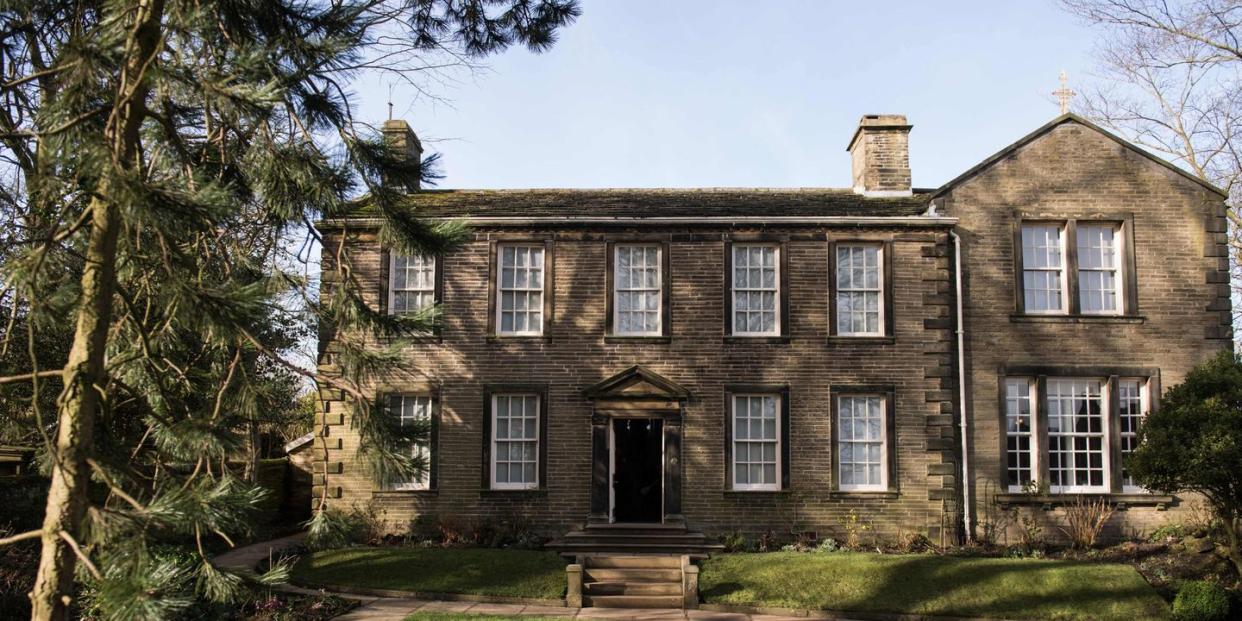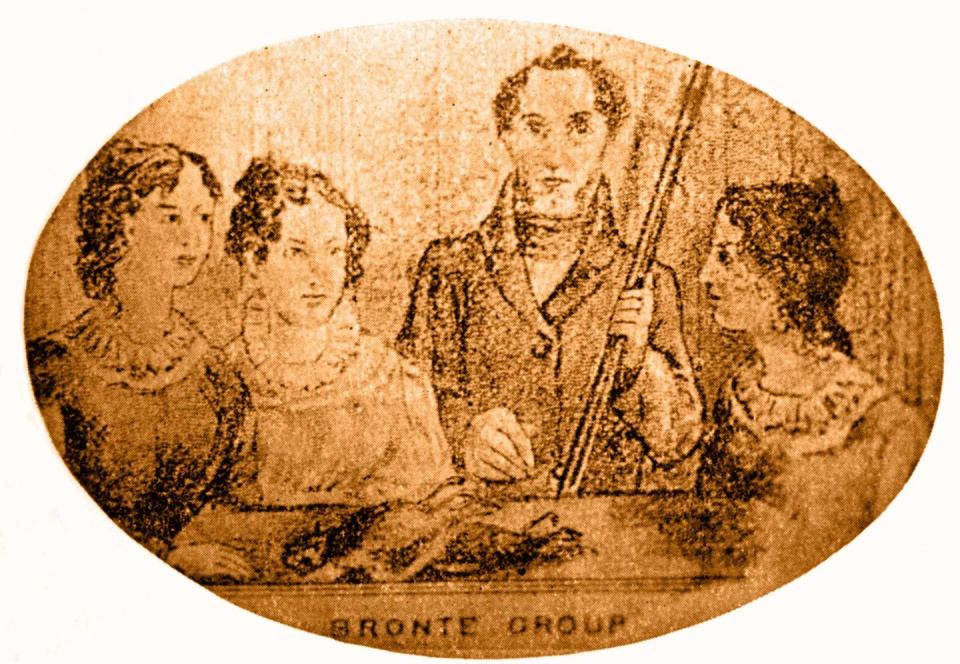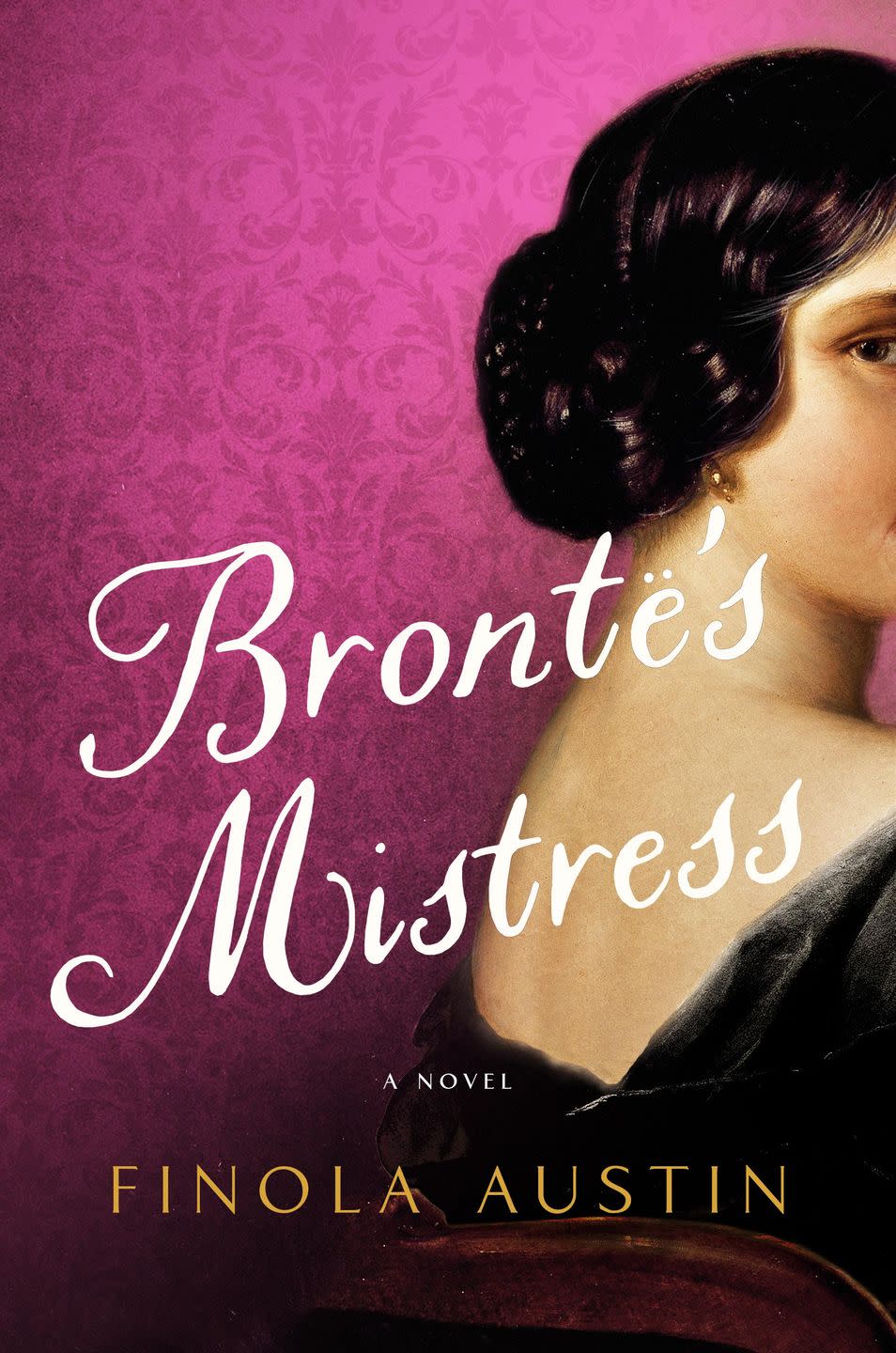The scandalous story of Branwell Brontë's affair

Like many readers, I fell in love with the Brontës and their works as a teenager. I longed for forbidden romance, like that between plain Jane Eyre and her brooding Mr Rochester. I thrilled at the Gothic horror of Cathy’s ghost appearing at a Wuthering Heights window. And I sympathised with Agnes Grey (a governess like Jane), as she dealt with her capricious, cruel employers.
I was also fascinated by the Brontë sisters themselves – their early deaths, their precocious talent and their elusive brother Branwell, who descended into depression, alcoholism and laudanum addiction.

Like the Brontës, I’d grown up writing stories, dreaming up elaborate worlds of play and reading voraciously. Unlike them, however, formal education was open to me, a woman. At 18, I left my home in Northern Ireland to study Classics and English at Oxford, then stayed on another year to complete a master’s in 19th-century literature, including working on Charlotte Brontë. Still, it wasn’t until several years later that I came across my own Brontë story to tell.
By then, I was working in advertising in New York City. My interest in Victorian novels was something I pursued in my free time – a quirk I rarely spoke about. I was reading Elizabeth Gaskell’s The Life of Charlotte Brontë (the first Brontë biography, published in 1857, just two years after Charlotte’s death) when I came across the story of Lydia Robinson, the older married woman who allegedly had an affair with Branwell.
Mrs Gaskell described Lydia as “profligate”. She accused her of “tempt[ing] Branwell into the deep disgrace of deadly crime” and concluded that in this case “the man became the victim”. I felt like I’d been struck by lightning. Buzzing, I turned to Google. Someone must have told Lydia’s side of the story, I thought. No one had.
The Branwell/Lydia affair has divided Brontë enthusiasts for generations. Branwell began working for the Robinson family at Thorp Green Hall, near Little Ouseburn, in January 1843. He was the son’s tutor, while his youngest sister, Anne, had already been working for nearly three years as the daughters’ governess. Anne resigned her position in June 1845 and Branwell was dismissed a little over a month later. Returning, heartbroken, to the Brontës’ home in Haworth, Branwell told his family about a grand passion with Lydia – hearsay that ultimately made its way to Mrs Gaskell.
But what really happened? Lydia denied the affair had occurred at all. Her lawyers threatened to sue Mrs Gaskell for libel, leading to the biographer retracting her allegations, uncertain she had the full story. Academics posited various theories throughout the succeeding centuries, speculating that Branwell had lost his grip on reality, or even that he had actually been dismissed for sexually abusing his prepubescent pupil.
I’m not sharing any spoilers here, but my novel, Brontë’s Mistress, imagines what could have taken place between Lydia and Branwell, using all extant evidence. Through my research, I unearthed a lot of new information, especially about the Thorp Green servants, which I include in the novel. I hope I’ve captured even something of the passion of Charlotte, the social commentary of Anne and the darkness of Emily, in shedding light on this scandalous true story.

‘Brontë’s Mistress’ by Finola Austin (£20, Simon & Schuster) is out now.


